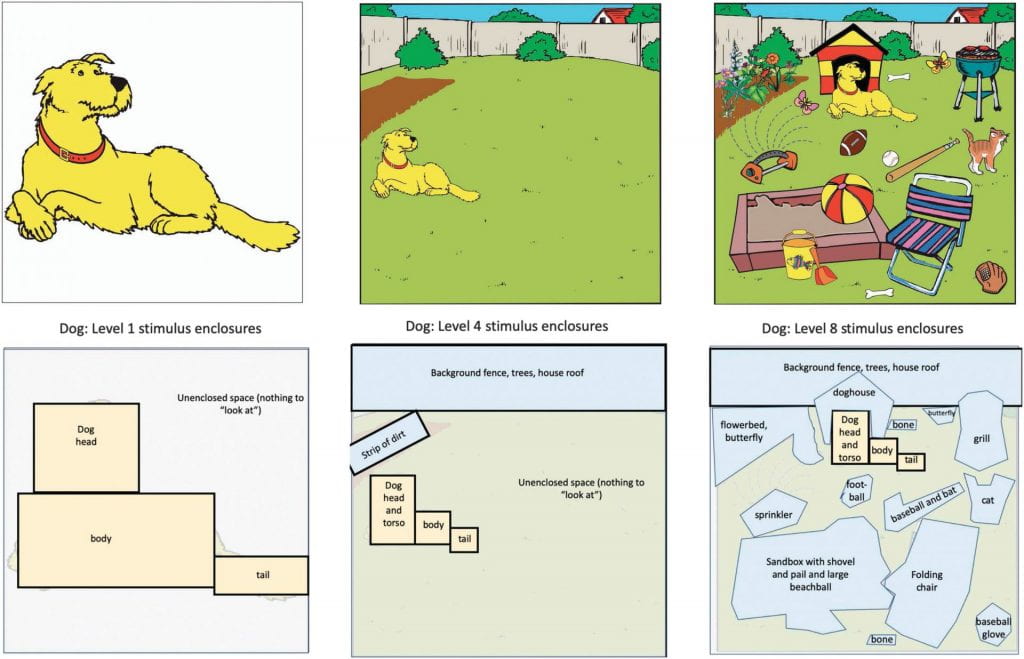
McCarty, T. V., Sowers, D. J., Wolf, S. J., & Wilkinson, K. M. (2021). A preliminary study of the relation of visual attention to stimulus complexity and functional vision in individuals with Cortical Visual Impairment: Implications for augmentative and alternative communication. Perspectives of the ASHA Special Interest Groups, 6(6),1603-1617. https://doi.org/10.1044/2021_PERSP-21-00112
Individuals with cortical visual impairment (CVI) can have difficulties with visual processing due to physical damage or atypical structures of visual pathways or visual processing centers in the brain. Many individuals with CVI have concomitant disabilities, including significant communication support needs; these individuals can benefit from augmentative and alternative communication (AAC). Because much AAC involves a visual channel, implementation of AAC must consider the unique visual processing skills and challenges in CVI. However, little is known empirically about how to best design AAC for individuals with CVI. This study examined processing of visual stimuli in four young adolescents with CVI.
This study used a within-subjects experimental design that sought to provide an in-depth description of the visual engagement of individuals with CVI when viewing stimuli of various levels of complexity, either with or without a social cue.
Participants engaged most with the simplest stimuli (relative to the size of those stimuli) and engaged more when a social cue was provided during the task. The level of engagement with more complex stimuli was related to participants’ score on the CVI Range, a clinical assessment tool that characterizes level of visual functioning.
Implications for AAC include considerations for the internal complexity of AAC symbols and the complexity of the arrays created for individuals with CVI. Clinicians working with children with CVI who use AAC should consider the unique features of their visual processing.
Clinicians who are constructing AAC will need to evaluate on a case-by-case basis how well each individual with CVI engages, not only with specific stimuli (and ones of different complexities) but also when those stimuli are placed within arrays alongside other stimulus items.
McCarty et al. (2021)

